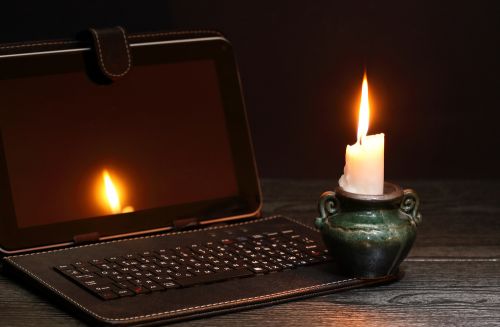What would you suggest for something like this? I would not be installing solar, but I would love to have batteries tied in that could sustain my home, uninterrupted for up to one hour... possibly longer if I build on to the system. Would something like the 48 volt MPPSolar "beginner friendly" system work here along with Battle Born batteries? Do you have any videos on tying it back into the home?
Thank you!
I'm doing something very similar, except I'm including solar for long term grid down situations. I'll tell you up front - it's going to be expensive even if you know how to install breakers in your main panel and transfer switches.
Two main ways of going about it: You do your entire house, or you do individual circuits.
With your entire house you install a transfer switch for the main power input from the street, it can be a manual or automatic transfer switch. This is the easiest to do as you're mirroring what is usually done with back up whole house generators and there's just the one connection. The downside is your going to need a larger split phase inverter and battery bank to handle the whole house load. If its a automatic transfer switch you're going to need a LARGE inverter to handle any load that could be running when the grid power goes out.
A subset to this is you can leave the transfer switch semi-permanently switched to the 240/120v split phase inverter/charger, one that has it's own internal transfer switch and bypass and is connected to the grid. The inverter/charger inverting function is offline and keeps the batteries charged and passes grid power through it to service the loads. BIG inverter for this. When power goes out the inverter disconnects from the grid and starts inverting and servicing the loads, take a look at the Outback Radian GS8048 as a bare minimum.
Individual circuits - what you do here is rather than one transfer switch for the main house input, you do a transfer switch for individual circuits (living room, kitchen, etc) and you move selected circuits from the house breaker box to the transfer switch which may or may not have its own breakers, some transfer switches just get wired inbetween the main power and the existing circuit breaker. Take a look at "Reliance" transfer switches, its what I'm using (actually I'm using two, one for the 120v loads and one for the 240v loads).
With this you have the output from the split phase inverter feeding the transfer switch input, again the inverter is connected to the grid (usually through your main panel) and the selected circuits are switched over in the transfer switch. The inverter is not inverting but still monitoring the grid power availability and if the grid goes down the inverter kicks on and services the loads.
Whats useful here is you can have critical circuits switched over (computers, fridge, freezer, furnace, etc) and leave high draw circuits (electric stove, electric dryer, electric water heater, etc) unswitched to draw power directly from the grid. If the power goes out and stays out you can then switch them over and manually manage the load to the inverter as to not overload it.
Individual circuits are more flexible and you can use a smaller inverter. But those transfer switches arent free either.




